
The Staffordshire bull terrier, also called the Stafford, Staffy, or Staffie, is a medium-sized dog of somewhat short stature with a muscular, athletic body. Contrary to its tough appearance, the Stafford is a gentle, loyal, and highly affectionate dog breed that was recognized by the American Kennel Club in the 1970s.
Praised for its "nanny-like" instincts, the Stafford gets along remarkably well with children when properly trained and socialized. However, because of this breed's strong prey drive and dog-fighting ancestry, use caution around other pets.
Overall, Staffordshire bull terriers have friendly, gentle dispositions and make lovely companions for many types of households. If raised together, well-trained, and closely supervised, this breed may even learn to get along with other animals beautifully, but some Staffies will be best suited for a one-pet household.
The Staffordshire bull terrier was developed in England during the 19th century for dogfighting. To create a faster and more compact dog breed, bulldogs were crossed with small terriers, most likely Manchester terriers and similar breeds. At the time, bulldogs were large, fierce, and intrepid, much different than today's bulldogs.
Before landing on its current name, Staffords have been called bull-and-terrier dogs, bulldog terriers, and old pit bull terriers. Once dogfighting was made illegal during the early 20th century, Staffords became more widely recognized as loyal and affectionate companion dogs.
The Staffordshire bull terrier was brought to the U.S. toward the end of the 19th century but was not officially recognized by the American Kennel Club until 1974.
Staffordshire bull terriers should never be walked off-leash as they can be aggressive with unknown dogs and will chase any small animals they consider to be prey. They are unlikely to do well at free-run dog parks. These strong dogs will need training to avoid pulling on the leash, but they need little to average grooming.
The Stafford is an athletic dog breed with plenty of energy, so routine exercise is essential. Give your dog an hour total of vigorous walking daily. Be careful not to overdo it in warmer weather, as the breed is typically sensitive to heat. Staffords will especially benefit from dog sports that challenge them mentally and physically. A securely fenced yard is a good play area, but be aware that the Stafford is a terrier and will dig an escape tunnel if able. You may wish to reinforce the bottom of fences.
The short, smooth coat of the Stafford requires little more than routine grooming. This breed tends to shed at a low to moderate rate, though shedding does increase seasonally. Keep the nails neatly trimmed for healthy, comfortable feet.
As with any dog breed, proper training is a must for the Staffy. This is a very intelligent dog breed that can be stubborn, following its own will if permitted. Therefore, obedience training is essential to manage your dog and provide structure. Socialization is just as important, so your dog will be comfortable in all kinds of situations and become a well-adjusted dog.
Responsible breeders strive to maintain the highest breed standards as established by kennel clubs like the AKC. Dogs bred by these standards are less likely to develop hereditary conditions. However, some hereditary health problems can occur in the Staffordshire bull terrier breed. The following are some conditions to be aware of:
The Staffordshire bull terrier should be fed two meals a day of dry dog food. Each feeding should be a maximum of 1 cup of food. A dog's individual needs will be determined by age, activity level, and health conditions. It's best not to exercise your dog for an hour after eating in order to help reduce the risk of bloating and stomach torsion.
Staffordshire bull terriers may be available at local shelters or with rescue groups. They can cost a few hundred dollars as a rescue or cost an average of $2,000 from a breeder. Check with breed-specific rescue groups to see if they have information on Staffies in your area.
Minimal grooming
Loyal, kind, and protective of children
Affectionate and playful
Needs a lot of exercise but are also sensitive to heat
May be aggressive toward other animals and may need to be in a one-pet household
Tends to chew and dig, especially as puppies
If you are active, patient, and ready to provide plenty of one-on-one affection to your dog, the Staffy could be the dog breed for you. However, it's important to do more research before you decide to get one of your own. Talk to veterinarians and pet professionals, Staffy owners, responsible breeders, and bully breed rescue groups to learn all you can.
If you’re interested in similar breeds, look into these to compare the pros and cons.
There’s a whole world of potential dog breeds out there—with a little research, you can find the right one to bring home!
This breed is fine living in an apartment or condo, but only if it gets enough exercise each day. A Staffie is active indoors as well, so it will still need to be sufficiently stimulated. However, a Staffordshire will often be considered a pit bull terrier, aka "bully breed," and the landlord may have breed restrictions that will not allow this type of dog to live on the premises.
The difference between the two breeds is merely physical, though some will say that the American bull terrier may be a tad "sweeter" than a Staffie. The American bull terrier is larger than its English cousin, but a Staffordshire has a more powerful jawline.
This is a common question, and a tough one to answer. Staffies may have an unwarranted reputation for being dangerous dogs because of the breed's history as fighting dogs. Yet, known as "nanny" dogs, they are gentle and loving with children. Any breed can be troublesome. But more likely, Staffordshire dogs come with baggage because of irresponsible owners who have trained them to be aggressive. It's best to talk to as many breed owners as you can to get a full picture of whether or not this dog is for you.

Exploring the Different Types of Pet-Friendly Beaches
Are you looking for pet-friendly beaches? Learn about the different types of pet-friendly beaches, their locations, and tips for visiting them with your pet.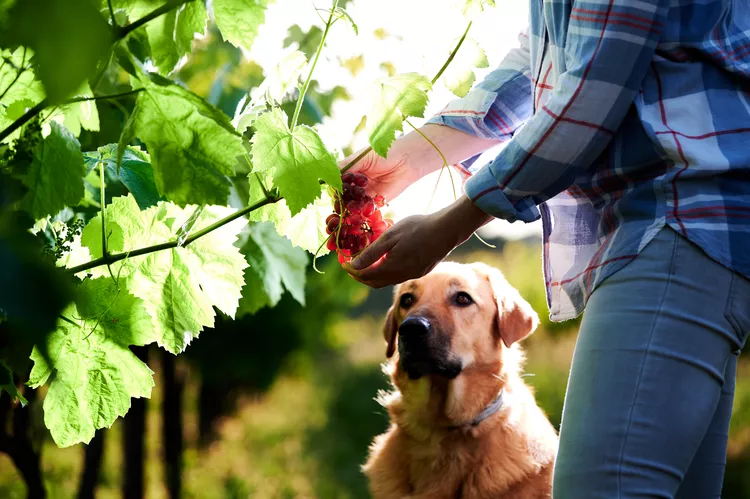
Exploring Pet-Friendly Wineries: Types, Locations, and More
Discover the different types of pet-friendly wineries, where to find them, and what to expect when you visit. Learn more with The Spruce Pets.
Why Is My Dog’s Eye Swollen?
If your dog's eye is swollen, she may need veterinary attention. The inflammation could be caused by allergies, an injury, or even a tumor.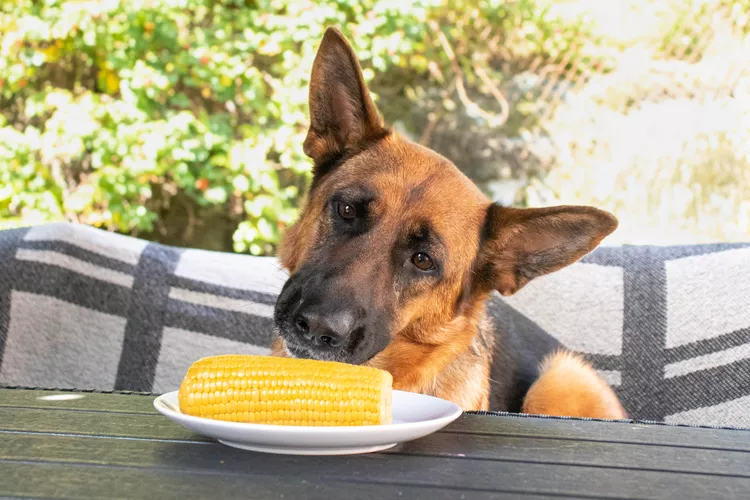
Can Dogs Eat Corn on the Cob?
Dogs love chewing on corn cobs, but this can cause serious harm. Learn about the dangers of corn cobs and find out what to do if your dog eats one.
Can Dogs Eat Papaya? What to Know About Sharing This Tropical Fruit With Your Pup
Papaya is safe for dogs in moderation, and it can even provide some nutritional value for them. However, too much can cause digestive upset, and it's not suitable to share with dogs with certain health conditions.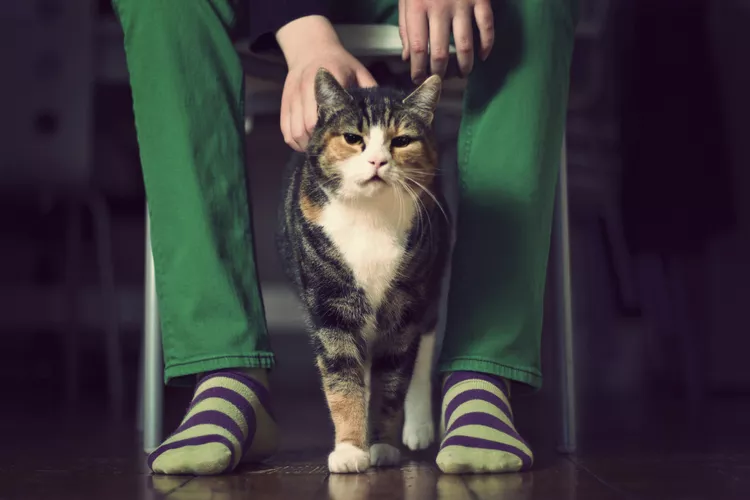
65 Irish Cat Names
Irish cat names can pay homage to historical places, local cuisine, famous Irish actors and musicians, or other wonderful aspects of the Emerald Isle.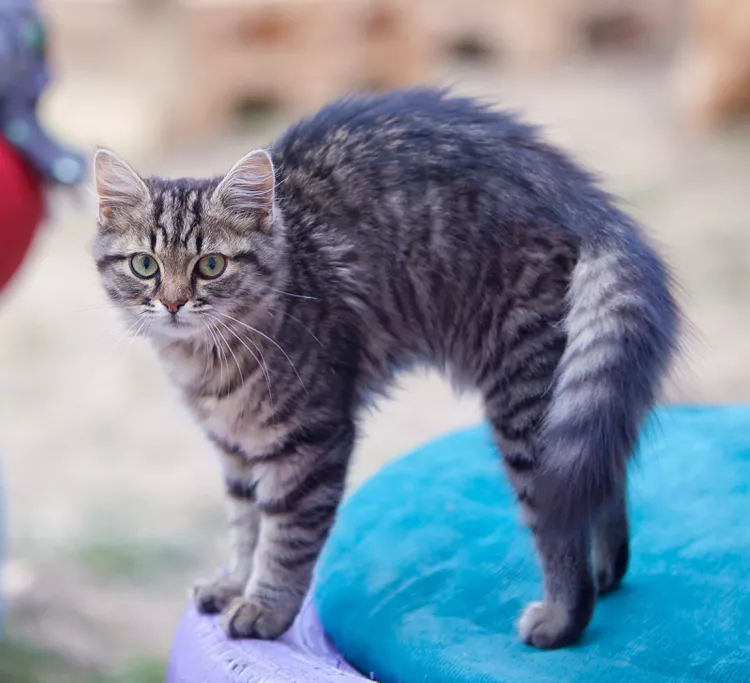
Feline Hyperesthesia Syndrome (FHS) in Cats
Rippling skin is more than dermal sensitivity in cats. It can be a sign of Feline Hyperesthesia Syndrome. Learn the causes, treatment, and prevention.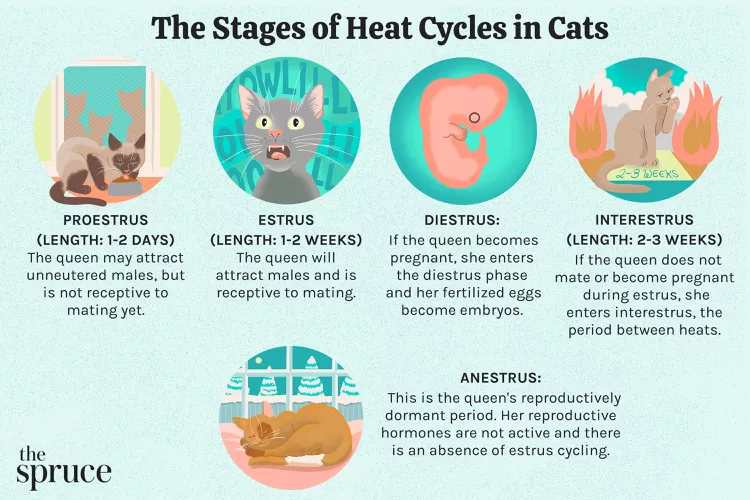
How Long Are Cats in Heat?
How long are cats in heat? Learn about the heat cycles of cats, also called estrus, as well as the reasons you should spay your cat.
Can Dogs Eat Raw Chicken Feet?
What are the potential health benefits of chicken feet for dogs? What are the risks?
Is Eucalyptus Safe for Cats?
Many products containing eucalyptus are not safe for cats, and it is important to be aware of the risks to your cat.
What You Need to Know About Homemade Cat Food
If you want to cook for your cat, make sure to read about the risks associated with homemade diets for cats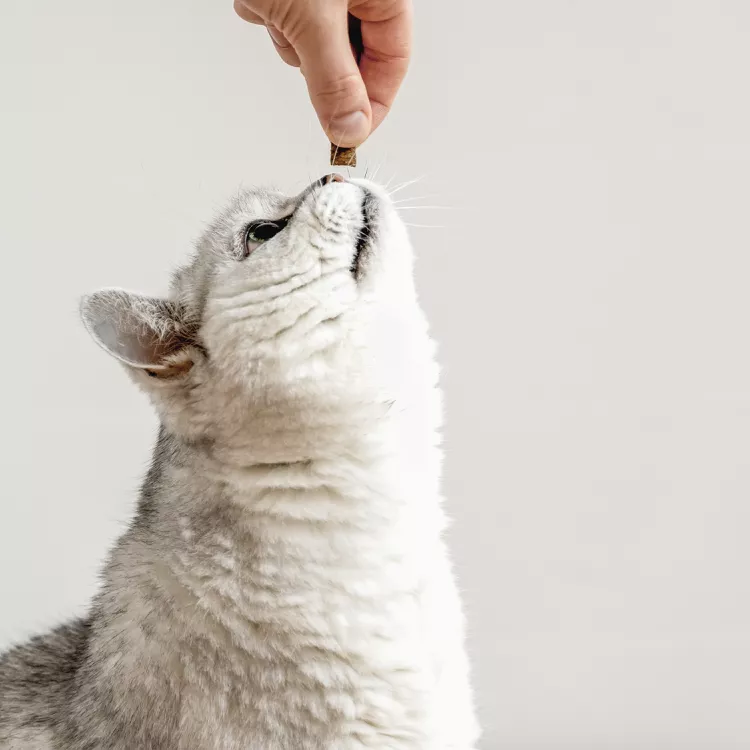
Can Cats Eat Peanut Butter?
Peanut butter is not toxic to cats, but it might not be the best choice of treat for them.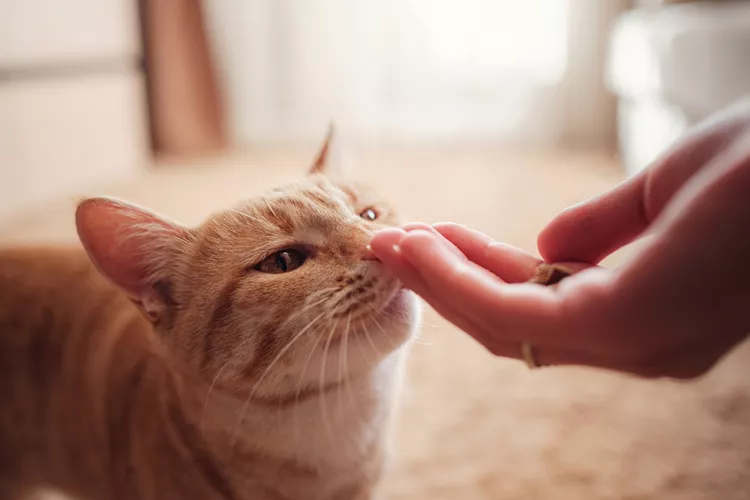
Can Cats Eat Cheese?
Can cats eat cheese? Is it healthy for them? How much can they eat and what should you do if you fear your cat has eaten too much cheese?
8 Flat-Faced Cats with the Cutest Smooshed Faces
These flat-faced cat breeds have a distinct and adorable appearance. Learn about their origins and traits, and the potential health risks tied to their unique facial structures.
Pictures and Facts About Bengal Cats and Kittens
Bengal cats are a cross between wild cats and domestic cats. Learn more about what they look like and pictures of this beautiful spotted breed.
Top 10 Big House Cats
Larger cat breeds, like Maine coons and savannahs, deserve just as much love as their petite counterparts. These big house cats tip the scales.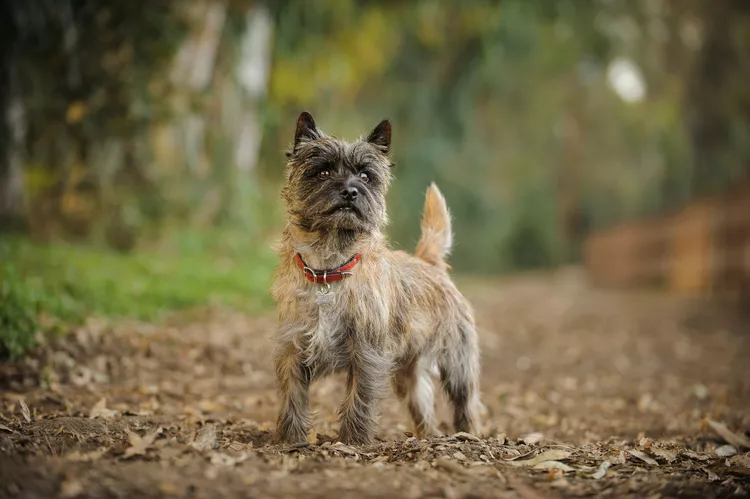
Cairn Terrier: Dog Breed Characteristics & Care
The cairn terrier is a spunky, affectionate, and intelligent dog from Scotland. The breed became famous when one played Toto in The Wizard of Oz. Learn about the temperament, history, health, and care needs of the cairn terrier dog breed.
Reasons Why Dogs Grind Their Teeth
Some dogs grind their teeth. Learn why dogs grind their teeth and if it can be harmful. Find out what to do about teeth grinding in dogs.
This Is Why Some Dogs Lean on People
Certain dogs really love leaning on their humans. What does this mean? Find out why dogs lean on people and if this is ever a problem.
Can Dogs Get Depression? How to Help Your Sad Dog
Can dogs get depression? Learn about the signs of depression in dogs and find out how to help your sad dog.